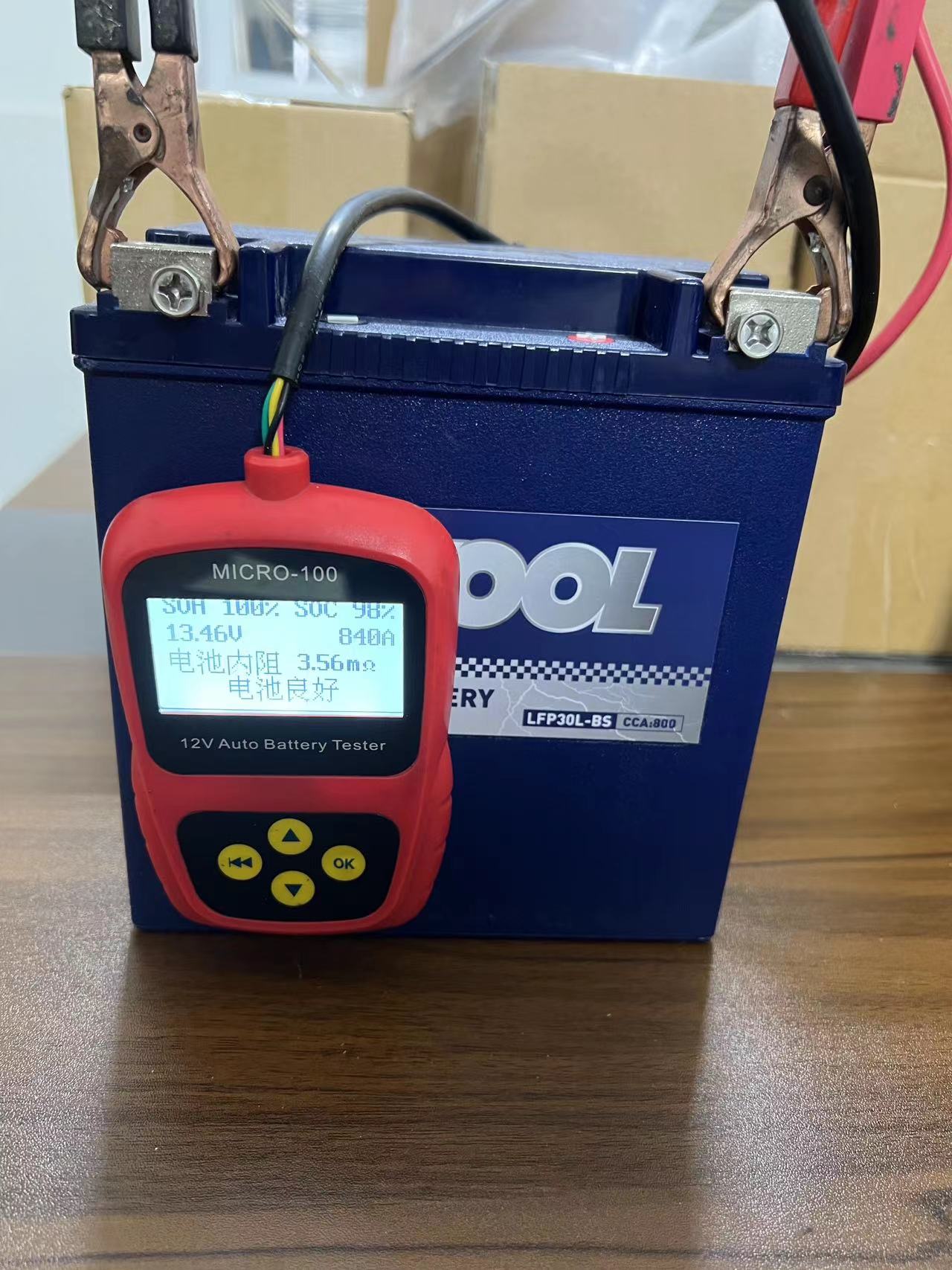How to Test Your Car Battery
Testing a car battery might seem like something straight out of your local garage's daily chores, but guess what? With a handy tool called a multimeter and a bit of know-how, you can play the mechanic right in your own driveway. No need to be a gearhead to get this right; just a willingness to learn and a bit of patience. Let's dive into the electrifying world of DIY car maintenance and discover how to test your car battery's health without stepping out of your comfort zone.
Gearing Up: What You'll Need
Before we get our hands dirty, you'll need a multimeter. This nifty little device is about to become your best friend in diagnosing your car battery's condition. Ensure it's set to measure volts, as car batteries are 12-volt units.

Step-by-Step: Testing Your Car Battery with a Multimeter
1. Safety First: Like any good tale of adventure, safety takes the lead role. Ensure your car is off and the keys are out of the ignition. Wearing protective gear, like gloves and goggles, isn’t a bad idea either.
2. Locate Your Battery: Pop open the hood and find your battery. It's usually pretty easy to spot, but some models might have it hidden under a panel or in the boot.
3. Set Up Your Multimeter: Turn your multimeter on and set it to DC voltage. Car batteries are DC (Direct Current), so this setting will give you an accurate reading. Look for the symbol that resembles a solid line over a dashed line.
4. Connect the Multimeter: Attach the multimeter's red probe to the battery's positive terminal (marked with a + or coloured red) and the black probe to the negative terminal (marked with a - or coloured black). Make sure you’ve got a good connection by cleaning off any corrosion first.
5. Read the Voltage: Now, the moment of truth. A healthy, fully charged battery should read around 12.6 volts or above. If your reading is between 12.4 and 12.6 volts, your battery is in a good state, but might be slightly used. Below 12.4 volts? It's time to consider charging or possibly replacing your battery.
6. Additional Testing: For a more comprehensive understanding, you can test the battery under load. This can be done by turning on the headlights or the car (without starting the engine) and observing if the voltage drops significantly. A significant drop could indicate a weak battery.
Understanding the Results
Testing your car battery's capacity isn't just about numbers; it's about understanding what they tell you about your battery's health. If your readings are consistently low, even after charging, it might be time to consider a new battery. However, if your readings are in the healthy range, regular maintenance and occasional testing should keep it ticking along nicely.
How to Test a Car Battery at Home
Testing a car battery at home with a multimeter is a simple, effective way to keep tabs on your vehicle's electrical health. Regular testing can save you from the inconvenience of a dead battery at the most inopportune times and can also provide insights into when it might be time for a replacement.
In wrapping up, mastering the art of testing your car battery with a multimeter is a valuable skill for any car owner. It demystifies one aspect of car maintenance and empowers you to keep your vehicle in top condition. So next time you sense your car might be a bit sluggish to start, don’t panic. Grab that multimeter, and put your newfound knowledge to the test. Remember, a little DIY goes a long way in ensuring your car remains reliable, journey after journey.

